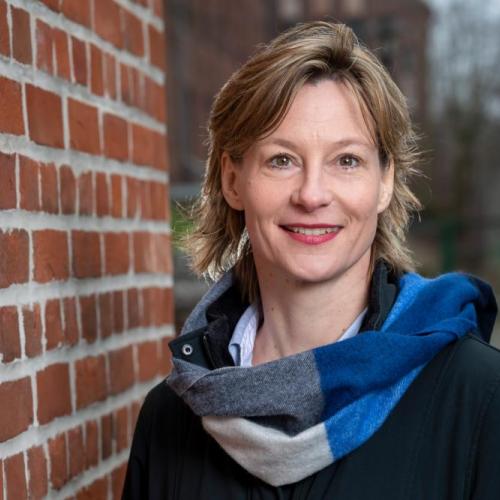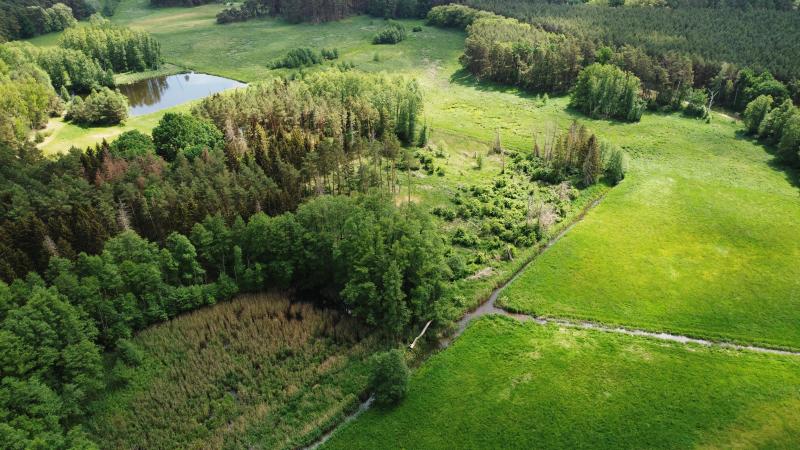It was developed as an extension of the EcH2O model to couple stable isotopes and water ages with simulated fluxes and storages. The model examines top-down energy balance estimations, separating sensible heat, latent heat of transpiration, interception evaporation, and soil evaporation, net radiation, ground heat, and snow heat using pixel specific, 1D temperature-based, energy balance closure.
Water pathways include canopy storages, surface storages and fluxes, unsaturated zone dynamics, and groundwater levels and fluxes. Developments of sealed surfaces provide an additional water pathway for urban sealed surfaces. EcH2O-iso considers the options of Green-Ampt and Richards equations for infiltration and water redistribution in the unsaturated zone, and uses 1D kinematic wave approximations to laterally transfer fluxes. The model accounts for spatial differences in soil, slope, and geology to capture flux velocity and water sinks within catchments.
Vegetation dynamics and carbon allocations are adapted from the 3PG model, and allow for vegetation growth (stem, root, and leaf) of independent tree species, dependent on energy available, atmospheric deficits, and soil water availability. Tracer simulations account for complete mixing within storage and fluxes across spatial scales, with the Craig-Gordon model implemented to fractionate water undergoing evaporation (channels and soil water).
EcH2O-iso has already successfully been applied across a variety of model scales, including rural and urban plot scales, experimental catchment scale, and in larger catchments across many different European regions. The development of EcH2O-iso was and is supported by grants from the ERC, IGB, Einstein Foundation and DFG.
EcH2O and EcH2O-iso are free and open-source software. For more information in the model please contact ech2o.tracer@igb-berlin.de.






